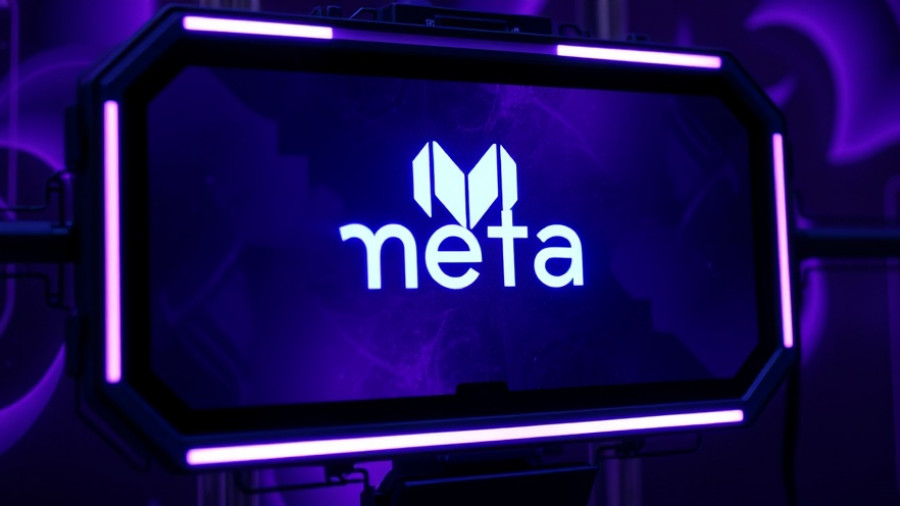
The Debate on Australia’s Youth Social Media Ban
As Australia prepares to enact a significant change in social media usage laws, we see major players in the digital world, including Meta, TikTok, and Snap, voicing their opposition while affirmatively agreeing to comply. This move follows the approval of the new Online Safety Amendment (Social Media Minimum Age) Bill in November 2024, stipulating a minimum age of 16 for social media accounts. Effective December 2025, this law aims to protect young individuals from perceived risks associated with social media sites, such as mental health challenges and cyberbullying.
Understanding the Implications of the Ban
The Australian government has highlighted the urgent need for this legislation, framing it as necessary for safeguarding the mental well-being of children and teenagers. As Prime Minister Anthony Albanese noted, the law seeks to ensure children have the opportunity for a healthy childhood without the pressures and dangers often encountered online. The online behavior of minors has raised alarms among parents and advocates, leading to an increasing number of calls for reform.
Industry Pushback and Compliance
Despite their committed compliance, the social media giants are not shy about their concerns regarding the law. Executives from TikTok, Meta, and Snap argue that the ban may inadvertently push younger users towards unregulated and potentially more harmful online spaces. They warn that taking away access from under-16s could lead them to seek out alternatives without proper oversight.
Yet, as these companies prepared to deactivate the accounts of users under 16, they also indicated they would reach out to those affected, giving them choices about the future of their accounts and data. Jennifer Stout from Snap expressed compliance while lamenting that the legislation might not be effective in achieving its lofty goals.
What's Next for Under-16 Users?
The implications of this ban stretch beyond immediate repercussions. Both TikTok and Snapchat, reporting significant under-16 user bases, have stated their intentions to utilize automated tracking methods to determine a user’s age based on behavior. This raises questions about the accuracy of such technology and how effectively it will be able to differentiate between genuine adult users and misidentified minors.
Beneath the surface, youth advocates are calling for a more nuanced approach. Organizations like UNICEF Australia have argued that while the intent is commendable, collaboration with young people to create safer online environments is essential. It emphasizes that social media also offers substantial benefits, including educational resources and social connectivity.
Comparative Legislation and Global Observations
Globally, Australia’s decision to set the minimum age at 16 stands out, as many countries are grappling with similar issues. In comparison, France has only recently put restrictions in place for minors under 15 with parental consent, showing that nations are still navigating the complexities of internet governance. Australia’s move is being closely observed by other governments, including discussions in the UK about potential similar legislation down the line.
The Broader Conversation Around Youth Online Safety
As the landscape shifts, the conversation around youth access to social media continues to evolve. While legislation is one key aspect, the technology employed to enforce these laws also matters immensely. Age verification technologies remain a contentious focus, prompting skepticism among experts regarding their efficacy and implications for privacy.
What Can We Expect Moving Forward?
This legislation marks a pivotal moment in how societies view social media’s role in the lives of young individuals. For tech companies, adapting to these new regulations while simultaneously addressing their operational concerns presents a formidable challenge. Will these new restrictions ultimately shape a safer online experience for youth, or could they push them into less safe environments? Only time will tell as we move closer to the December deadline.
Book Your Brand Voice Interview Now! The future of social media safety is coming, and understanding these developments is crucial for navigating the digital landscape. Stay informed and take action to help shape the dialogue around youth and social media.
 Add Row
Add Row  Add
Add 




Write A Comment